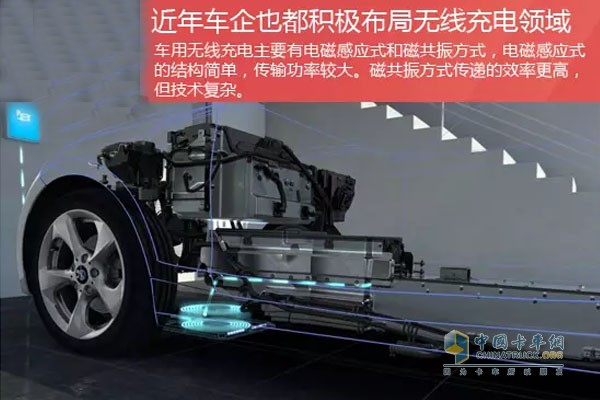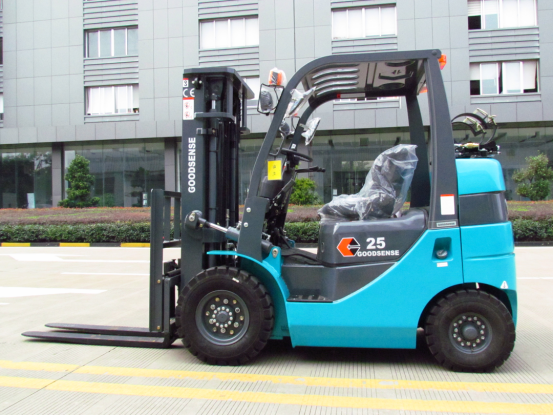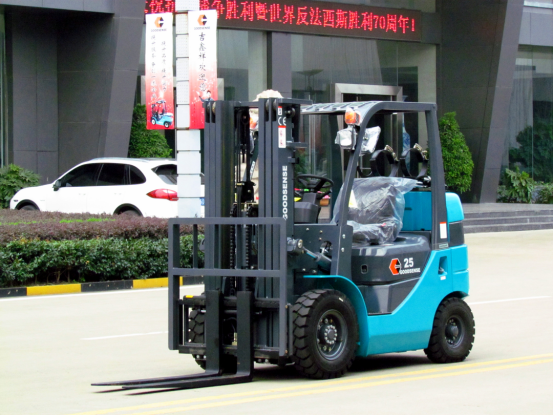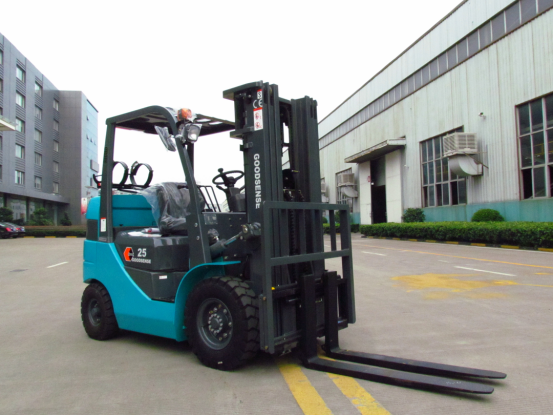Last year, the sales of new energy vehicles in China reached 331,000, of which, the sales of pure electric vehicles reached 247,000. Behind the gratifying achievements, the progress of the construction of charging facilities is still slow. At this stage, consumers still face a small number of outlets, and charging is difficult. Other issues, such as charging, have also become the first bottleneck restricting the development of electric vehicles. Compared with the limitations of wired charging stations, wireless charging mode seems to have become the most marketable technology in recent years. Compared with the wired charging piles occupying land resources, the need for multi-sector communication when building piles, inconvenient factors such as high maintenance costs in the later period, wireless charging occupies the advantages of small equipment footprint, convenient charging process, and good user experience. The most important is that It can be fully automated. Out of laboratory technology is not a problem In the past two years, wireless charging technology has gradually moved from the laboratory to the market. Guangxi has built the first domestic lane for wireless power supply for electric vehicles, which can provide electric energy for vehicles through wireless energy transfer. At the beginning of the year, the US Department of Energy's Oak Ridge National Laboratory, in cooperation with Toyota, Cisco Systems, Evatran, and the International Automotive Research Center at Clemson University in Tennessee, demonstrated the new wireless car charging technology. The tested model is the Toyota RAV4, which is full of 80% capacity. It is 18 minutes. As the technology matures, it is widely believed that wireless charging will be the next key change in the field of electric vehicles. The advantage of wireless charging is that it can provide a more autonomous, safe, efficient, and convenient charging experience. Car prices / communications companies push forward R & D The wireless charging technology that comes out of the laboratory and technology institutions is experiencing unprecedented commercialization. Currently, the world’s most famous company for wireless charging research and development is Qualcomm. According to sources, Qualcomm is developing a technology called “dynamic wireless charging†that can be used to recharge the electric cars and completely solve the problem of charging anxiety. In China, ZTE has also made early deployments in the field of wireless charging for electric vehicles. In terms of car prices, Volkswagen, Toyota, Volvo, Tesla, Nissan, and BMW have all made efforts in wireless charging in recent years. Daimler and Qualcomm have reached a cooperation agreement to jointly develop wireless charging technology for automotive mobile devices and electric vehicles, and to improve the automotive connectivity experience through 3G/4G network connections. Volvo collaborated with the Swedish Power Company and the Swedish Energy Agency to test the use of roads to recharge electric vehicles. IT predators Google is also developing wireless charging technology for driverless cars. At the California headquarters, Google has already begun testing two wireless charging systems for prototype electric driverless cars. As for the business model, ZTE’s main strategy is to obtain local franchise rights and then cooperate with vehicle companies to develop wireless charging services. At present, ZTE and Dongfeng Motor have jointly released three models of wireless charging new energy commercial vehicles and launched a commercial demonstration line for high-power wireless charging systems for new energy vehicles in Xiangyang, Hubei Province. Prospects are questioned but never broken In fact, the question of wireless charging has never been interrupted by the outside world. Consumers are not very trusting in wireless charging technology. The security of the charging process has been questioned. Consumers are generally worried about whether it will cause radiation. Although the research teams of several universities and companies have shown that the magnetic field used by electromagnetic resonance is similar to the Earth's magnetic field, it has no effect on human health, but it is still a long process to gain the trust of consumers. Earlier, a telecom operator in Beijing had hoped to install similar equipment in a certain community. However, due to strong opposition from residents, the construction plan of the equipment was eventually forced to run aground. On the other hand, in fact, during the charging process, the vehicle must stop at the top of the energy sending module. Although the wireless charging energy sending module is located at the surface, it must be connected with the underground line to charge the vehicle. In other words, the owner still has to go to a fixed parking space for charging, which is not significantly improved in efficiency compared to traditional charging stations. While the relatively convenient dynamic wireless charging technology seems to be once and for all, it has to face cost problems such as municipal infrastructure construction. Standardization has been one of the obstacles to the development of wireless charging technology. Fortunately, the International Association of Autonomous Engineers recently released industry standards for hybrid insertion and wireless charging for all-electric vehicles. The new standard aims to develop wireless charging for passenger vehicles. The agreement, after clarifying the wireless charging frequency band, a wireless charger produced by a car manufacturer can be compatible with wireless charging devices of other manufacturers and charging stations. In the face of numerous doubts and uncertainties, it is undoubtedly the commercialization of wireless charging. Infused with cardiac agents. In mid-April 2016, the National Development and Reform Commission and the National Energy Administration jointly issued the “Energy Technology Revolutionary Innovation Action Plan (2016-2030)†and the “Roadmap for the Key Innovation Actions for the Energy Technology Revolutionâ€, which clearly states that by 2020, electric vehicles will be introduced. Wireless charging is a breakthrough point and application object, and research and development of high-efficiency, low-cost wireless power transmission systems to achieve stop-and-charge and even charge during driving. The commercialization of wireless charging at this stage is more suitable for implementation in the commercial vehicle sector, and this industry has reached consensus. The electric bus (E-Bus) put into operation by the Berlin Bus Company in May was the first to adopt wireless charging technology. These vehicles use the electromagnetic induction charging system (PRIMOVE) developed by Bombardier Germany. The charging system is buried under the road and is completely connected wirelessly. There is no obvious difference from the ordinary road surface. After the vehicle is opened to the charging area, the charging receiver at the bottom of the vehicle will drop slightly and use electromagnetic induction for charging. The 200-kilowatt capacity rechargeable battery takes only a few minutes to charge, and a full charge can reach 90 kilowatt-hours. Wei Ping, head of Bombardier's China operations, said in an interview with NetEase that the electromagnetic induction charging system developed by Bombardier had a charging efficiency of 91.5% and an effective transmission range of 1.2 meters. The traditional pile charging efficiency is only 93%. Many charging modes will coexist in the future. He estimates that wireless charging may account for 1/3 of the total. In 2014, ZTE New Energy Motors and Dongfeng Motors piloted wireless charging bus lines in Xiangyang with a total length of 20 kilometers and 30 stops along the way. As of now, the bus No. 601 in Xiangyang, Hubei Province has been in operation for more than 500 days, saving 60% of energy costs. In my opinion, as a new technology, wireless charging is a challenge for realizing large-scale commercialization in the short term. The initial investment cost of wireless charging facilities is several times that of wired charging stations, which is not easy for many companies. the costing payment. From the operating difficulty and cost point of view, the commercial vehicle field is suitable for the first to eat crabs. However, it has to step out of the commercial vehicle market and enter the passenger car market. It also depends on the overall development of the Electric Vehicle industry and the country’s strategic direction for infrastructure planning and reconstruction. At present, there is still a long way to go in the field of wireless charging into passenger vehicles. To go.
Goodsense Cushion Tire LPG&Gasoline Forklift advantages:
- Shorter wheelbase with smaller turning radius with more flexibility.
- Cushion tire to work at smooth pavement, does not require too much pavement friction
- for indoor works with less noise and less emission in contrast with diesel forklift
- EPA tier 4 compliance
General
Model
FY20D1
Power Type
LPG
Load Capacity
kg
2000
Load centre
mm
500
Tyre
Tyre
Cushion Tyre
Front Tyre
21x7x15
Rear Tyre
16(1/4)x6x11(1/4)
Overall Dimension
Lift Height
mm
3000
Fork Size
L×W×T
mm
1070*120*40
Mast Tilt Angle
F/R
.
6/12
Mast Lowered Height
mm
2070
Mast Extended Height(with backrest)
mm
4070
Length to face of fork(Without fork)
mm
2360
Overall Width
mm
1110
Cabin Height
mm
2080
Loading Plane Height
mm
3000
Application Area:
1.Warehouse
2.Port
3.Factory
4.Distribution Center
5.Logistics
If you have any other questions,please contact us directly.Our forklift are all with high quality,and you can choose any other engine to equip.It can be produced according to your idea.And we invite you to visit our factory.
Cushion Tire LPG&Gasoline Forklift Gasoline Forklift,Forklift With Quadruple Mast,Cushion Tire Lpg Forklift ZHEJIANG GOODSENSE FORKLIFT CO.,LTD , https://www.goodsenseforklift.com
Car companies actively deploy wireless charging field



